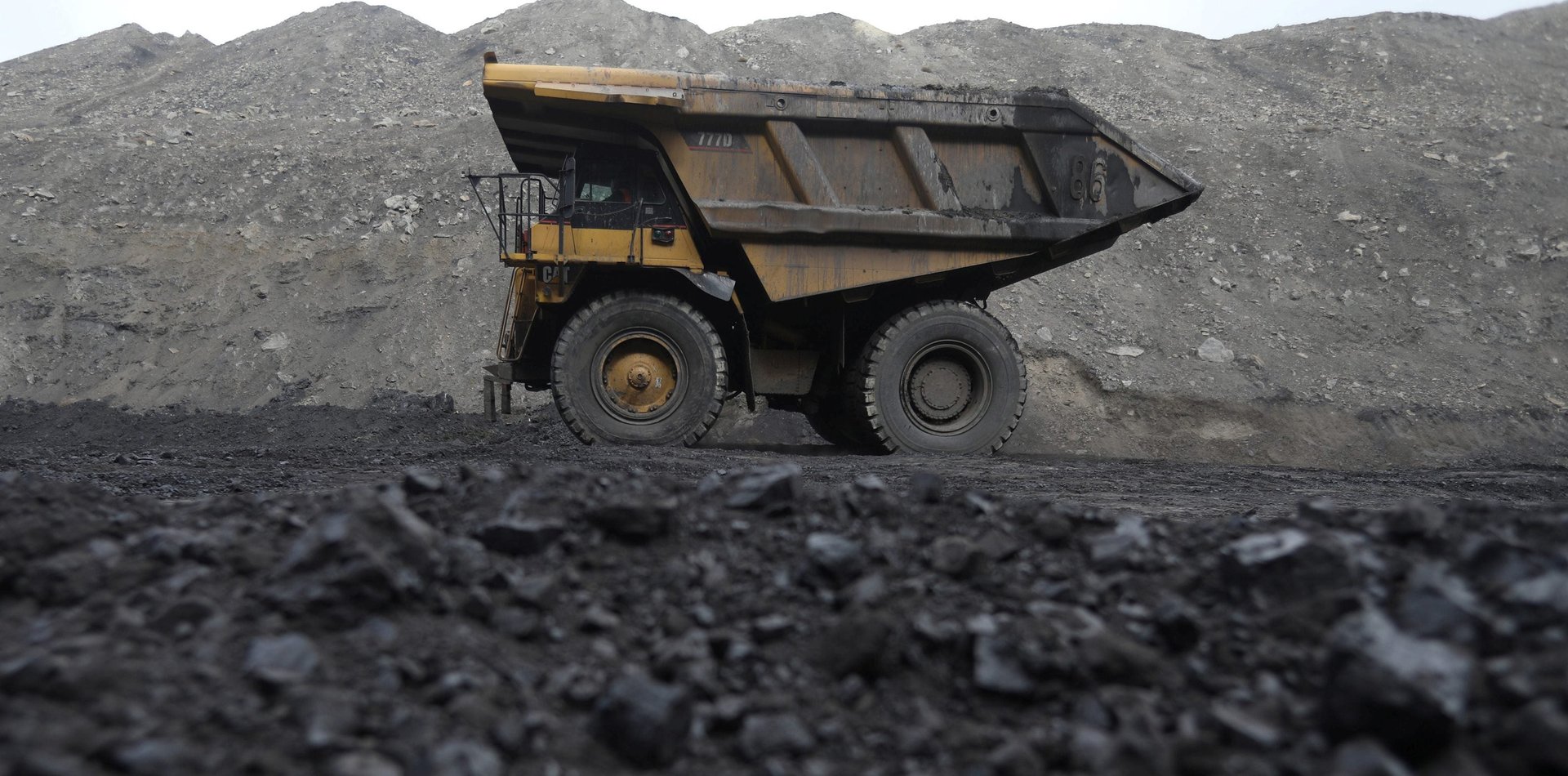In 2017 alone, enough US coal plants to power Qatar have announced closures
“Stay strong, Gillette,” reads a sign in Gillette, Wyoming. The small city of 30,000 people calls itself the energy capital of the nation. There are enough mines around the city to produce more than a third of all the coal burnt in the US.


“Stay strong, Gillette,” reads a sign in Gillette, Wyoming. The small city of 30,000 people calls itself the energy capital of the nation. There are enough mines around the city to produce more than a third of all the coal burnt in the US.
The boom town is going through a bust. The city of coal miners lost thousands of jobs in the last few years. So when Trump promised to “end the war on coal” and bring back coal jobs, Gillette voted for him.
Trump’s coal magic has worked but not in the way Gillette had hoped. In April, US coal production was up 17% compared to a year ago. At the same time, however, coal mining jobs were down 8% (about 6,000 jobs).
This year alone eight coal power plants have announced closures. Many are shutting decades before their expiry date. The closures total 9.4 GW of lost electricity generating capacity, which is more than what all of Qatar can produce today.
Some other power companies haven’t announced closures, but are moving in that direction. For instance, DTE Energy, Michigan’s biggest power supplier, announced last week that it will retire all its coal-fired plants by 2050, moving to natural gas and wind.
The most common reason for an early closure is that the plants are no longer economically viable. The shale gas boom has made natural gas very cheap—cleaner and more efficient fossil fuel. The rate per kilowatt-hour offered by coal power plants is increasingly being beaten by natural gas or even renewables like wind and solar.
Take the Navajo Generating Station, the country’s seventh most polluting power station by emissions. Central Arizona Project, one of the main purchasers of power from Navajo, said it was able to save $38.5 million in 2016 by purchasing power at market prices, rather than from Navajo.
It’s not just the US, coal power plants are being shut or plans to build new ones are being across the world, even in power hungry developing countries like India and China. So it seems that market forces are likely to ensure that Trump won’t be able to keep his promise either.